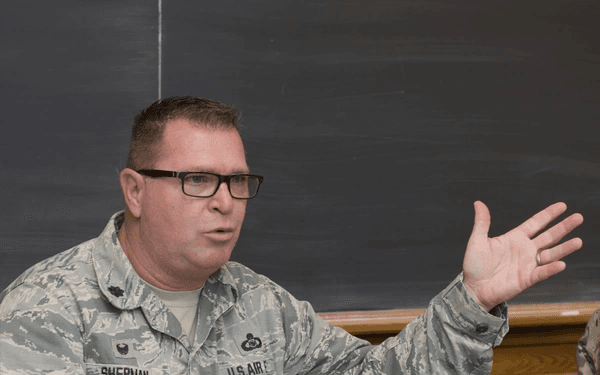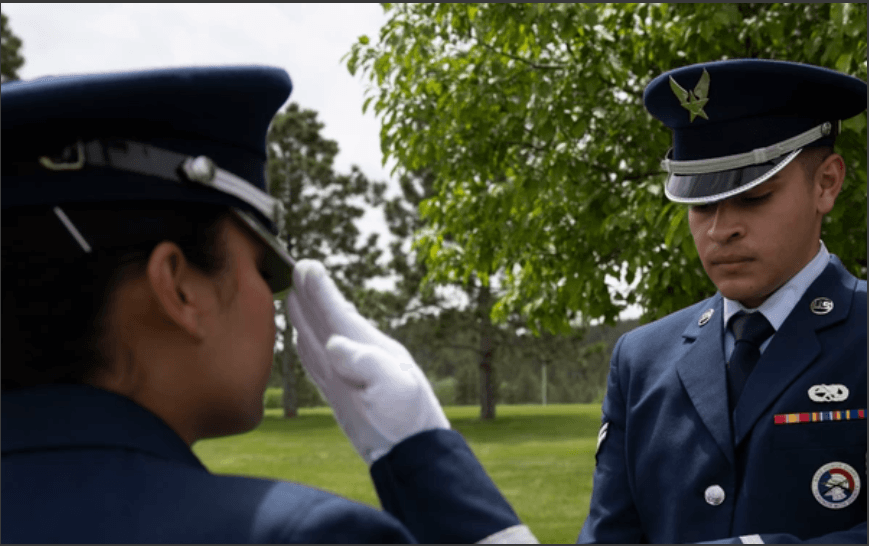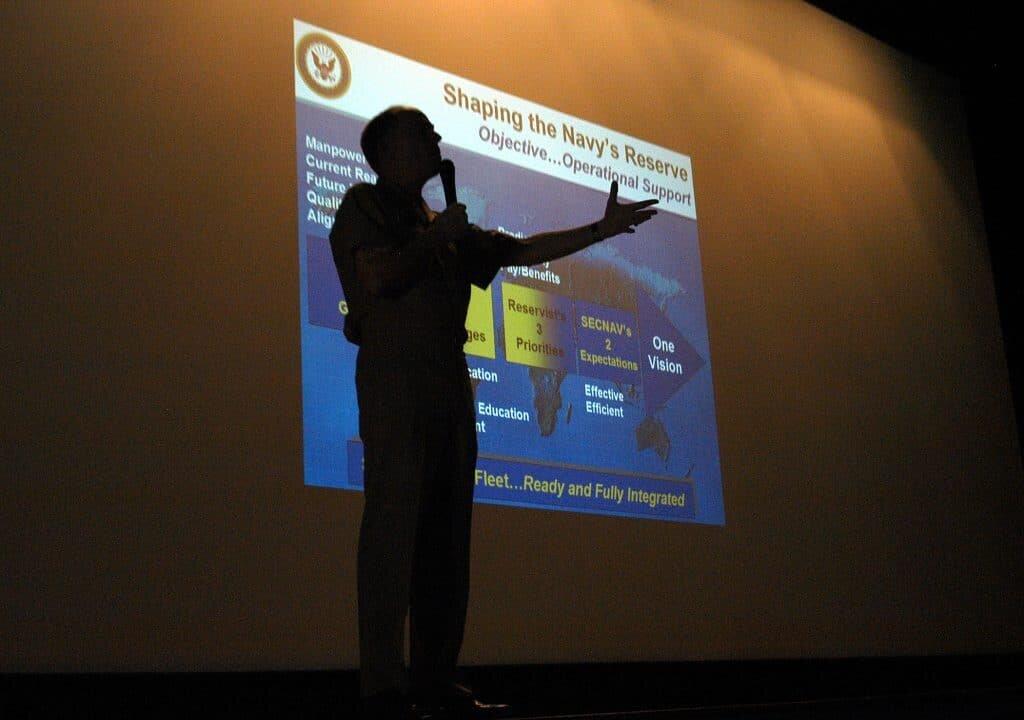Commentary
In Part 1 of this series, I asked questions as to where all these bad leaders come from, whether or not this is something new or if it’s always been this way. While researching this series I found a paper written by Lt. Col. Robert P. Hansen while he was attending the Air War College. It is titled, “Combat Leadership: A Historical Analysis of Traits, Definition, and How it Differs From Peacetime Leadership.” Lt. Col. Hansen provides a historical analysis of successful combat leaders. He argues that successful peacetime leaders will not be ideal combat leaders and that their characteristics are mutually exclusive.
“Is there a difference between the type of leadership required in the peacetime military and that required in combat'? If there is a difference between the two different styles, or requirements, of leadership, then there must be a set of traits or personality characteristics that would provide the leader with a greater probability of success in combat. On the other hand, if these traits are different from those required for success in the peacetime leadership of the military, the differences should be acknowledged and accommodations should be made to provide for the development of both types of individuals. Has the military in general, and the Air Force in particular, acknowledged this difference and taken action to prepare its future leaders for combat?” (page 1)The last line struck home. Has the Air Force acknowledged this and taken action to prepare its future leaders for combat? You tell me. If training on sexual assault, human trafficking, suicide prevention, the Lautenberg Act, use of social media, yadda, yadda, yadda, prepare leaders for combat, then we are the most lethal fighting force in history. In an average year, how much time is devoted to combat leadership training versus what would qualify as business management training? I think we’ve answered Lt. Col. Hansen’s question.




